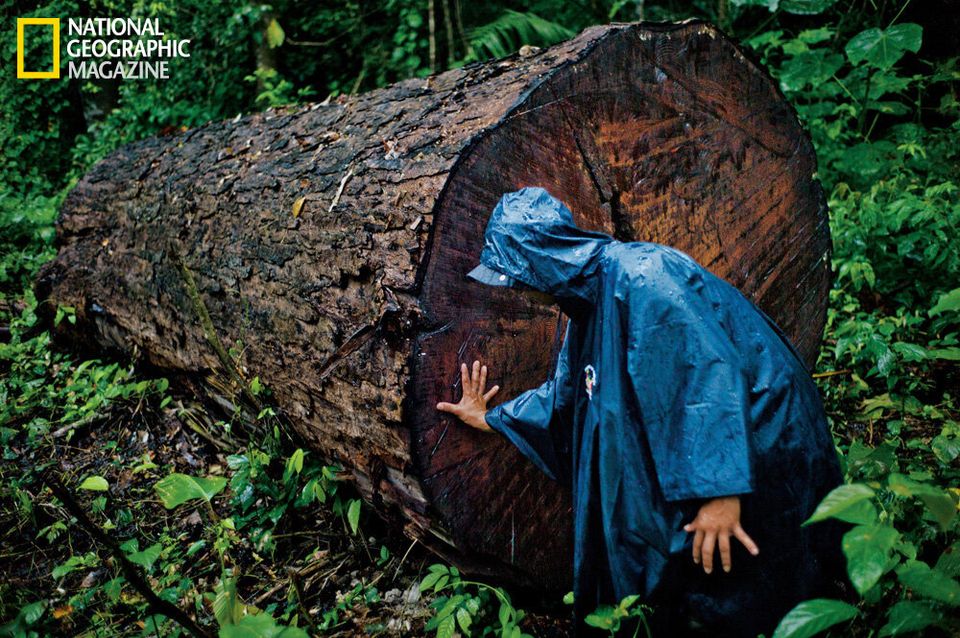
We enter the logging camp at first light, swarming the squalid huts before anyone has time to reach for a rifle. A fair-haired man in a yellow soccer jersey rises to his feet. His green eyes betray bewilderment.
"Are you the man they call El Gato?" Chota asks.
"I am," the man says warily.
El Gato is one of the many illegal loggers roaming Peru's forests in search of mahogany and other precious woods, Scott Wallace reports in the April issue of National Geographic.
Despite a five-year crackdown on mahogany logging, three-fourths of Peru's annual timber harvest is still believed to stem from illegal activities, the reporter writes. The precious commodity is mostly exported to Europe and Asia.
As Wallace explains, Peru has become one of the main sources for mahogany and other woods, greatly affecting the lives of many of the country's indigenous Indians:
Mahogany is the crown jewel of the Amazon, soaring in magnificent buttressed columns high into the forest canopy. Its rich, red grain and durability make it one of the most coveted building materials on Earth, favored by master craftsmen, a symbol of wealth and power. A single tree can fetch tens of thousands of dollars on the international market by the time its finished wood reaches showroom floors in the United States or Europe.
After 2001, the year Brazil declared a moratorium on logging big-leaf mahogany, Peru emerged as one of the world’s largest suppliers. The rush for “red gold,” as mahogany is sometimes called, has left many of Peru’s watersheds—such as the Alto Tamaya, homeland of a group of Ashéninka Indians—stripped of their most valuable trees. The last stands of mahogany, as well as Spanish cedar, are now nearly all restricted to Indian lands, national parks, and territorial reserves set aside to protect isolated tribes.
Read Scott Wallace's incredible story in the April issue of National Geographic and take a look at Alex Webb's photos in the slideshow below. You can find more photos on the National Geographic website.
